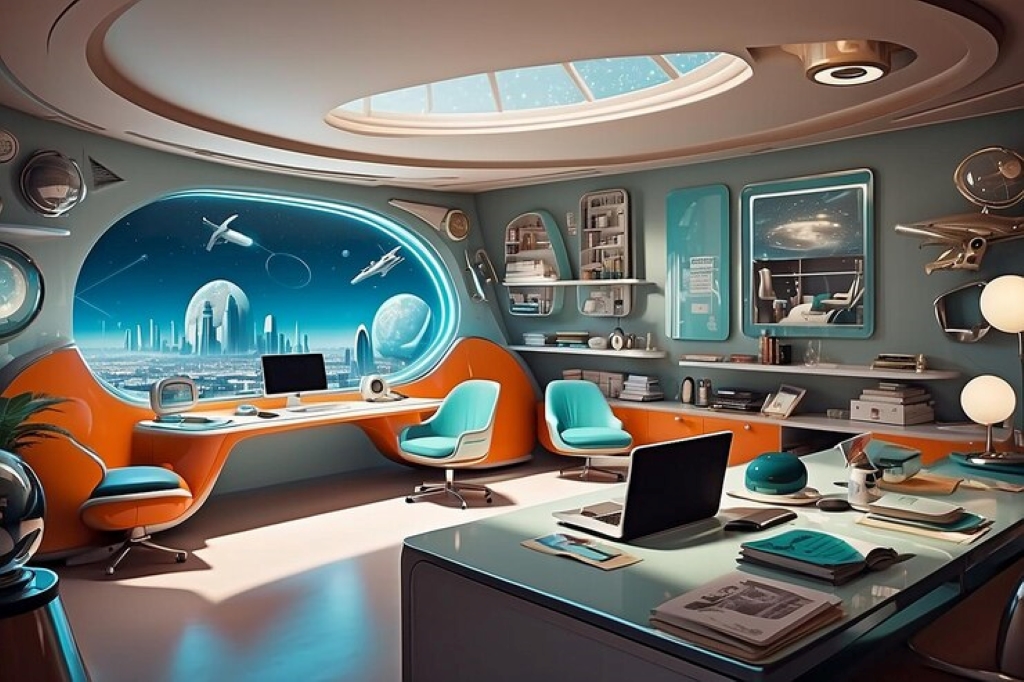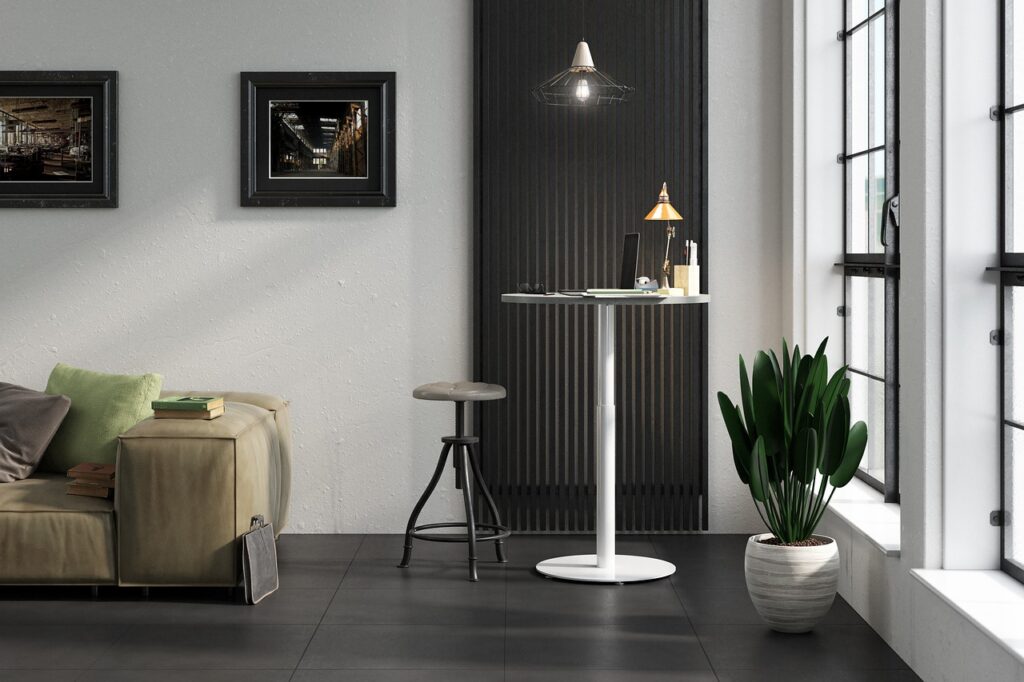In the ever-evolving landscape of corporate office design, staying ahead of the curve is essential. As we look towards 2025 and beyond, the dynamics of the workplace are poised to undergo significant transformations. In this blog post, we’ll explore emerging trends and make predictions for the future of office interior design, guided by the expertise of corporate office interior designers.

Embracing Flexibility and Adaptability
One of the most prominent trends shaping the future of corporate office design is the emphasis on flexibility and adaptability. The traditional office layout, characterized by fixed workstations and enclosed meeting rooms, is giving way to more dynamic environments. Flexible furniture solutions, movable partitions, and modular design elements allow spaces to be reconfigured quickly to accommodate different activities and changing work needs. Corporate office interior designers are increasingly incorporating these adaptable features into their designs, creating agile workspaces that can evolve alongside the organization.
Integration of Technology
Technology continues to play a pivotal role in shaping the future of office design. From smart building systems to immersive collaboration tools, the integration of technology is transforming the way we work. Office interior designers are leveraging advancements in IoT (Internet of Things), AI (Artificial Intelligence), and AR (Augmented Reality) to create smarter, more connected environments. This includes features such as sensor-driven lighting and temperature control, digital wayfinding systems, and virtual meeting spaces. By seamlessly integrating technology into the design, corporate offices can enhance productivity, streamline operations, and provide employees with innovative tools to support their work.
Focus on Employee Well-being
The well-being of employees is becoming an increasingly central consideration in office design. As organizations recognize the link between employee happiness and productivity, there is a growing emphasis on creating spaces that support physical and mental health. Office interior designers are incorporating biophilic elements, such as natural light, greenery, and outdoor views, to create environments that promote wellness and reduce stress. Additionally, amenities such as fitness facilities, meditation rooms, and ergonomic furniture are being integrated into corporate offices to support employees’ holistic well-being. By prioritizing employee well-being, organizations can attract top talent, reduce absenteeism, and foster a positive company culture.
Our Trending Blogs Must Read: https://blogs.airbrickinfra.com/commercial-interior-designers/
Sustainability and Environmental Responsibility
With growing concerns about climate change and resource depletion, sustainability is becoming a core consideration in corporate office design. Office interior designers are adopting eco-friendly materials, energy-efficient systems, and sustainable construction practices to minimize the environmental impact of office spaces. This includes strategies such as using recycled materials, implementing energy-saving technologies, and designing for longevity and adaptability. By prioritizing sustainability, corporate offices can not only reduce their carbon footprint but also demonstrate their commitment to environmental responsibility to clients, employees, and stakeholders.

Hybrid Work Models
The COVID-19 pandemic has accelerated the adoption of remote and hybrid work models, prompting a reevaluation of traditional office spaces. While remote work offers flexibility and autonomy, many organizations recognize the value of in-person collaboration and connection. As a result, the future of corporate office design is likely to embrace hybrid work models that combine the best of both worlds. Office interior designers are reimagining office layouts to accommodate a blend of remote and in-person work, with spaces designed for collaboration, concentration, and socialization. This may include dedicated collaboration zones, quiet work pods, and flexible hot-desking arrangements. By supporting hybrid work models, corporate offices can empower employees to work in the way that best suits their needs while maintaining a sense of community and belonging.
Conclusion
The future of corporate office design is dynamic, adaptable, and people-centric. By embracing trends such as flexibility, technology integration, employee well-being, sustainability, and hybrid work models, office interior designers are shaping the workplaces of tomorrow. As we look towards 2025 and beyond, it’s clear that corporate offices will continue to evolve to meet the changing needs of organizations and their employees. By staying informed and proactive, corporate office interior designers can play a key role in creating environments that inspire creativity, foster collaboration, and support the success of businesses in the years to come.





